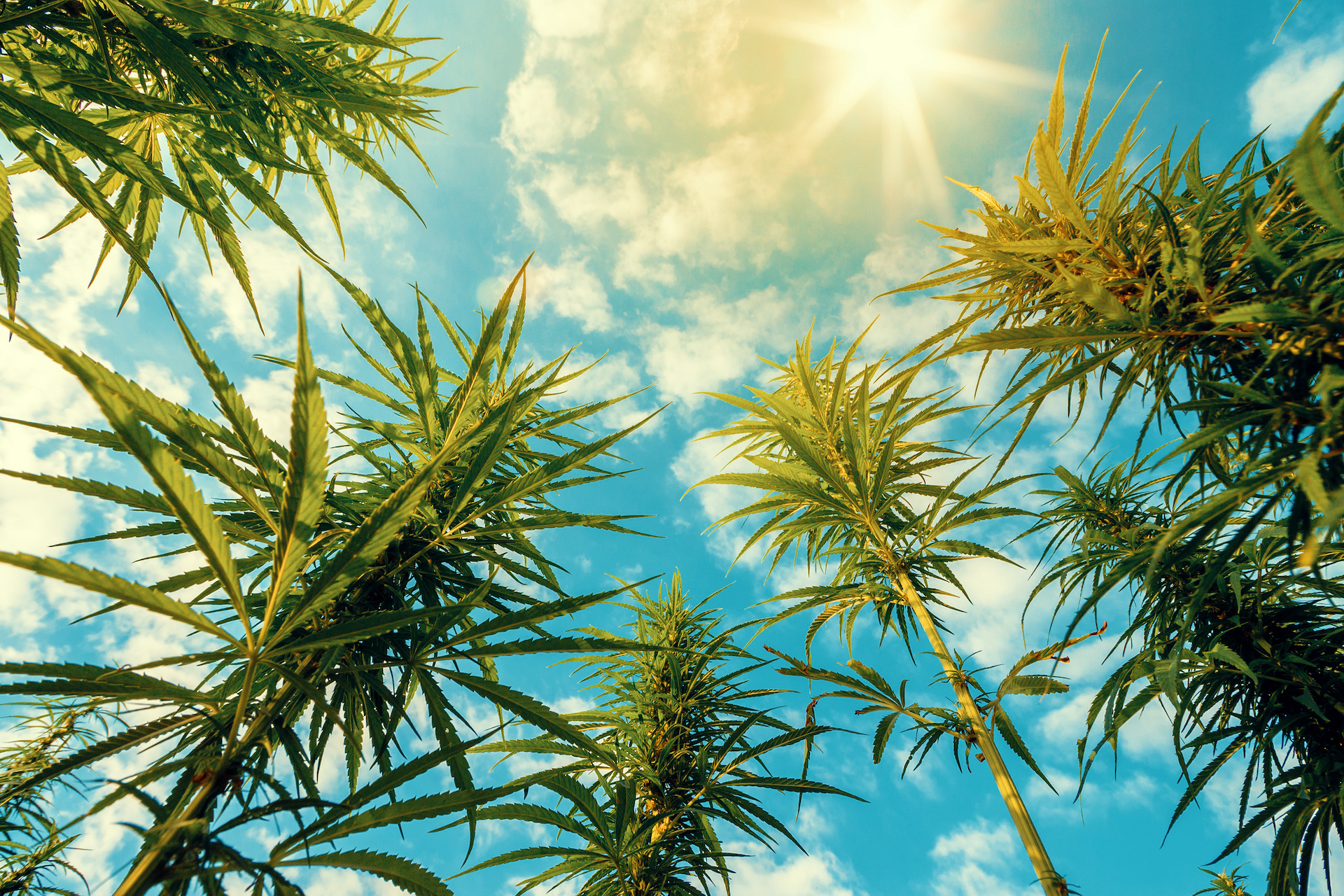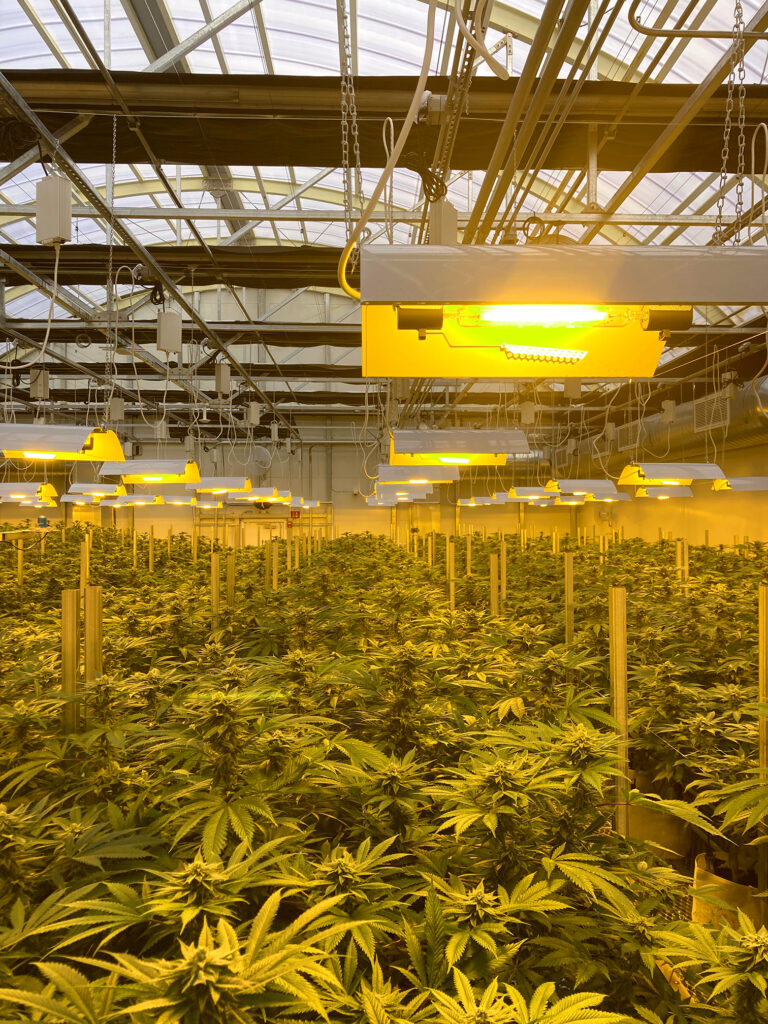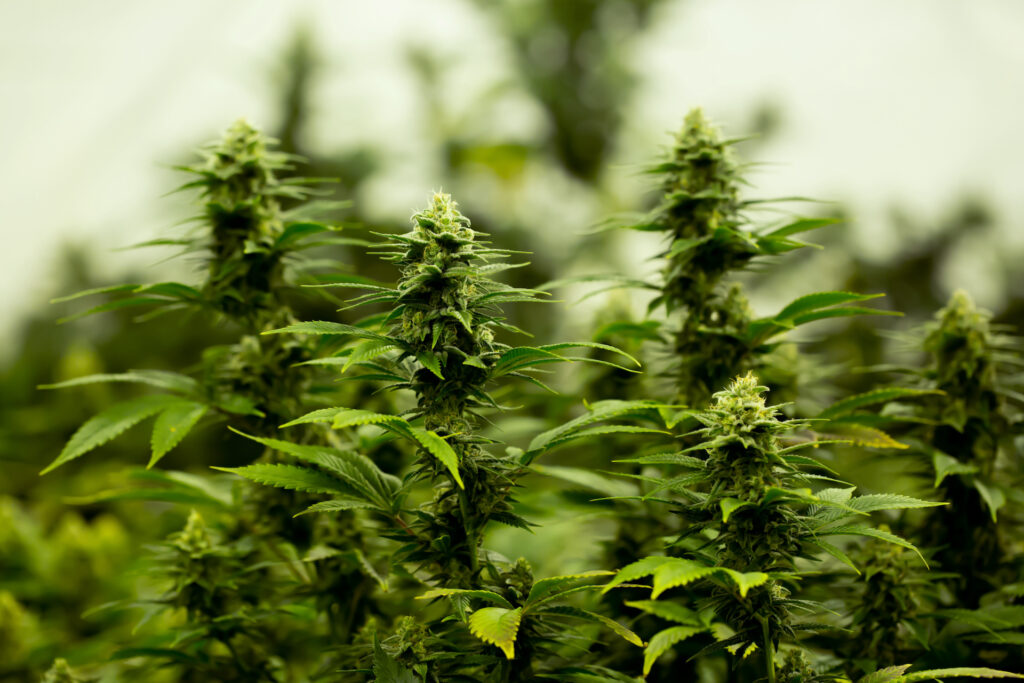
Arguments for sustainable cannabis
Reviewing the reasons why the cannabis industry cannot yet claim sustainability.
Cannabis is one of the oldest domesticated crops, having been cultivated by humans for thousands of years. The origins of the plant can be traced back to the Tibetan Plateau in the mid-Oligocene.
The last decade or so has seen a drastic change in how many people relate to the plant, especially after about six decades of heavy consumption and mounting penalties. And as legalization has become commonplace, cannabis has become a commodity.
But as with any industrialized product, companies have been quick to seize opportunities, develop market strategies, and grow cannabis products for profit – as opposed to many of their purely medicinal, ceremonial, or utilitarian purposes.
Amid the hustle and bustle of the rapidly expanding business, more and more states and nations are relaxing their cannabis bans and welcoming new consumers with tactics that don’t always put sustainability first.
While flooding the market with an abundance of cannabis products may seem like a net positive effect, it’s important to remember that the scale of larger weed grows requires a significant energy input, arguing for more sustainable cannabis and a less wasteful industry.
Large-scale cannabis production and energy consumption
In order to supply enough cannabis to patients and consumers, many grow facilities work around the clock, keeping lights, fans, air conditioning, and hydroponic systems running at all times of the day.
According to the National Conference of State Legislatures, cannabis production accounts for 1 percent of the nation’s electricity use, with peak producing regions like California consuming 3 percent of the state’s total electricity.
Cannabis cultivation facilities consume electricity at exponentially higher rates when compared to residential and commercial electricity consumption. In fact, Denver saw a 45% increase in energy demand, particularly related to marijuana growing.
For comparison, an average Boulder County home uses 630 kilowatt-hours per month, while a 5,000-square-foot facility in the same location uses 41,808 kilowatt-hours per month.
How the cannabis industry produces carbon
An article by The Smithsonian estimated that “the production of one kilogram (2.2 pounds) of dried cannabis released the equivalent of 2 to 5 tons of carbon dioxide into the atmosphere” – the equivalent of burning a full tank of gas.
On 4/20/2022, Earth’s atmospheric carbon concentration will reach an average of 420 parts per million CO2.
-Peter Deneen
The article also mentions a Colorado State University study in which researchers calculated that local cannabis cultivation produced 2.6 megatons of carbon dioxide, compared to the state’s coal mining industry, which produced 1.8 megatons of carbon dioxide.
Related
Can indoor cannabis ever be sustainable?
“On 4/20/2022, Earth’s atmospheric carbon concentration will average 420 parts per million CO2,” says Peter Deneen, one of the organizers of 420PPM, a Venice Beach event bringing together climate activists, scientists, regenerative farmers, content creators and futurists will come together to discuss the future of cannabis cultivation.
“You have to trace back at least 3 million years since the last time our planet’s atmosphere had such high carbon levels, a time when the oceans were 100 feet higher and humans had yet to evolve. This benchmark is nothing special – something like applauding another rise of the needle in a garage with the engine running. But the number 420 holds a high place in cannabis culture.”
It’s time to rethink our place in the industry as consumers and producers. Cannabis has proven to be one of the hardiest and fastest growing plants, requiring only 20-30 inches of water to reach its yield point around 100 days from seed.
In our quest to benefit our bodies, many processes and capitalist desires have made the plant more harmful than beneficial to our planet.
Towards a more sustainable cannabis industry
Ideally, small farmers and breeders would be able to grow sun-grown and pesticide-free weed that respects the environment and nourishes the soil microbiome.
This could help eliminate the use of chemical waste and pesticides that end up entering water bodies where excessive levels of nitrogen, phosphorus and potassium, to name a few, lead to the eutrophication of our rivers, lakes and oceans.
Growing more cannabis using a permaculture model could yield tremendous benefits.
A study conducted by the Center for Natural Material Innovation in Cambridge has calculated that marijuana is twice as effective at capturing atmospheric carbon as trees, absorbing between 8 and 15 tons of CO2 per hectare of cultivation (forests sequester 2 to 6 tons of carbon per hectare). .
Unlike wood, the cannabis plant does not release the captured carbon after cutting. And in addition to converting greenhouse gases into biomass for the country, sustainable cannabis can be used to produce clean biodiesel, building materials like hempcrete (replacing water-hungry concrete), and biodegradable plastics — which haven’t had the neutralizing environmental impact many hoped.
Textiles, paper, and edibles (e.g. protein-rich hemp seeds) are some other regenerative by-products derived from cannabis and options to explore more eco-friendly cannabis consumption.
Related
How to set up an indoor cannabis homegrow for under $500
Continuing the fight for cannabis sustainability
The U.S. cannabis market could very well be worth $100 billion by 2050 if it becomes federally legal.
But as long as we allow companies to treat the plant like a commodity (instead of treating it as a sacred plant with multiple benefits), industry will continue to be a culprit in greenhouse gas increases. Then even the happiest of cannabis users must share the impact on our planet.
Growing your own supply and supporting small organic farms could be the solution to keeping emissions down while we get high.
Santiago Rodriguez Tarditi
Santiago (@srtarditi) is a Colombian-born journalist focused on reporting on drug policy reform, cannabis culture and the psychedelic renaissance. He is co-founder of @intu.rituals, a CBD company owned by BIPOC/Latinx.
Check out the articles by Santiago Rodriguez Tarditi
By submitting this form, you are subscribing to Leafly news and promotional emails and agreeing to Leafly’s Terms of Service and Privacy Policy. You can unsubscribe from Leafly email communications at any time.





Post a comment: